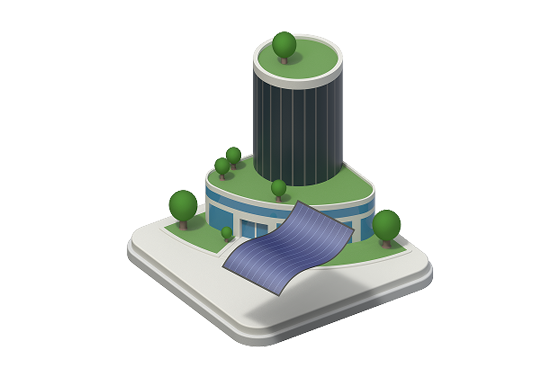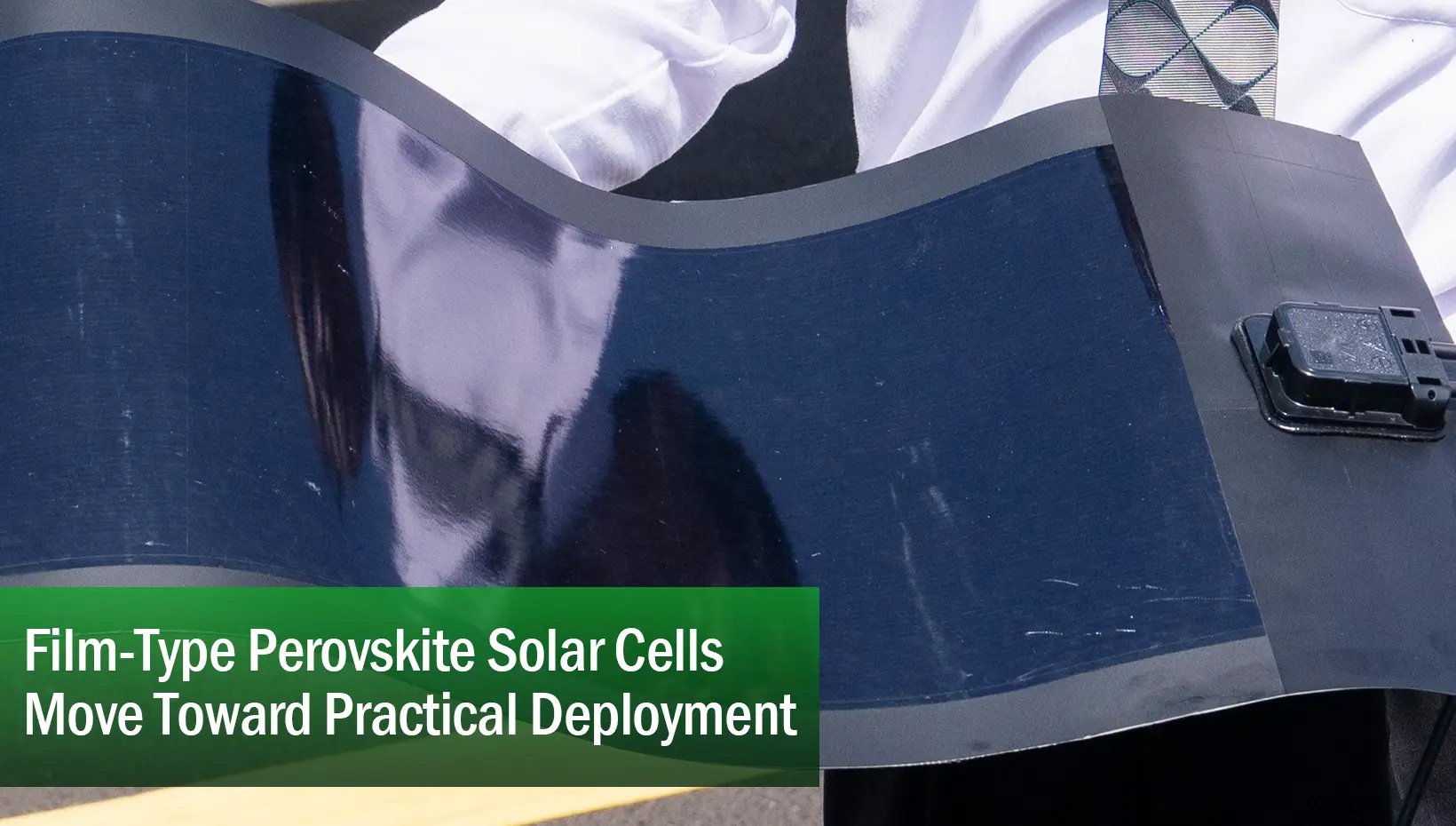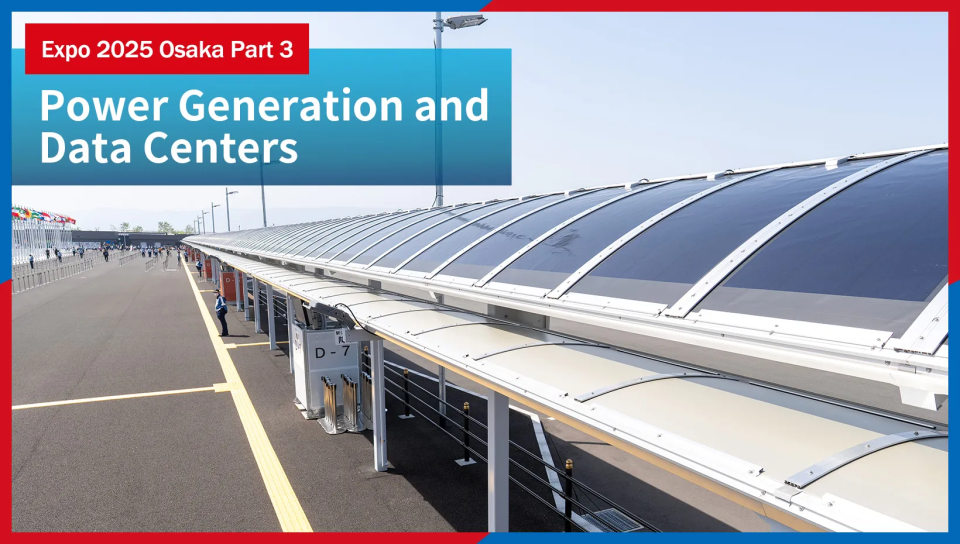
Budget and 2050 Target Outcomes
- Budget
Up to80.05B¥
- CO2Reduction Effect
Approx.100Mt/yr
- Economic Effect
Approx.1,250B¥
Related Contents
Project Summary
Budget
Up to80.05billion yen
CO2 Reduction Effect
In 2030: Approximately1.5million tons/year
In 2050: Approximately100million tons/year
Economic Effect
In 2030: Approximately31.1billion yen
In 2050: Approximately1,250billion yen
Research and Development Targets
- By 2030, achieve a levelized cost of electricity no higher than 14 yen/kWh for single-junction type under designated.
- By 2030, achieve a levelized cost of electricity no higher than 12 yen/kWh for residential applications and a conversion efficiency of 30% or higher for tandem type under designated.
Assumptions regarding estimates of CO₂ reduction effect
- As of 2019, 112GW photovoltaic systems are globally installed, and the annual installation rate will be expected to be stable until 2030.
- By 2030, 3.5GW photovoltaic systems of the Single-junction next generation solar cell will be cumulatively installed under the assumptions of limited adoption and 1% share in 2030.
- From 2030 to 2050, the annual installation rate of photovoltaic systems will be expected to range around 120GW.
- By 2050, photovoltaic systems of the next generation solar cell account for 50% share, and the cumulative installation capacity will be expected to reach up to 0.6TW.
- Concerning the above projections, Japanese companies are expected to realize a market share of 25%, equivalent to the peak share they realized after the rapid expansion of the global solar cell market from 2010.
Assumptions regarding estimates of economic effect
- Global cumulative installation capacity of photovoltaic system will be projected to reach up to 2TW by 2030 and 4.4TW by 2050.
- Based on the above projections, the global market scale will be expected to expand up to 5 trillion yen by 2030 and 10 trillion yen by 2050.
- Photovoltaic systems of the next generation solar cell will be expected to account for 1% of global annual installation capacity by 2030 and 50% by 2050.
- Concerning the above projections, Japanese companies are expected to realize a market share of 25%, equivalent to the peak share they realized after the rapid expansion of the global solar cell market from 2010.




